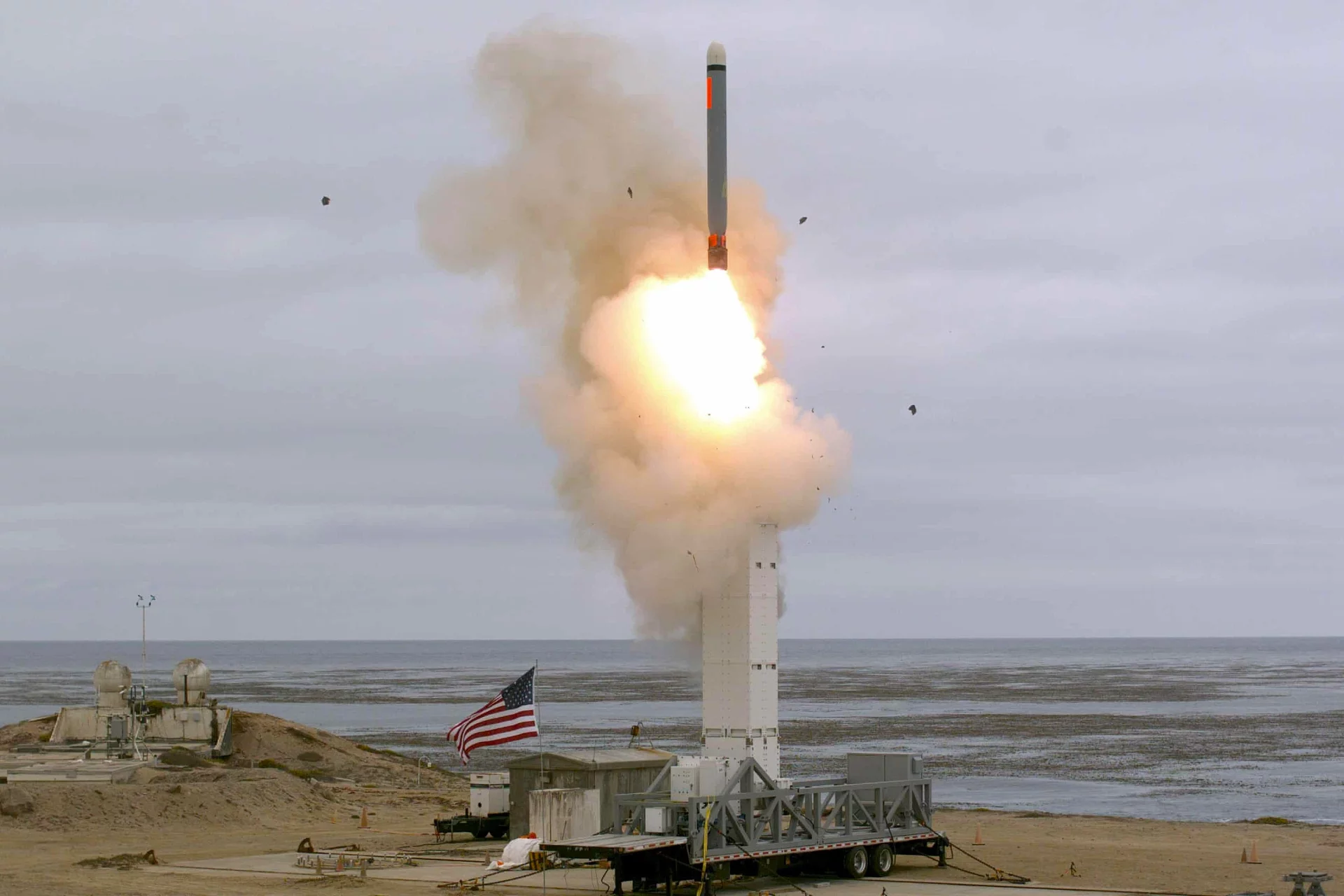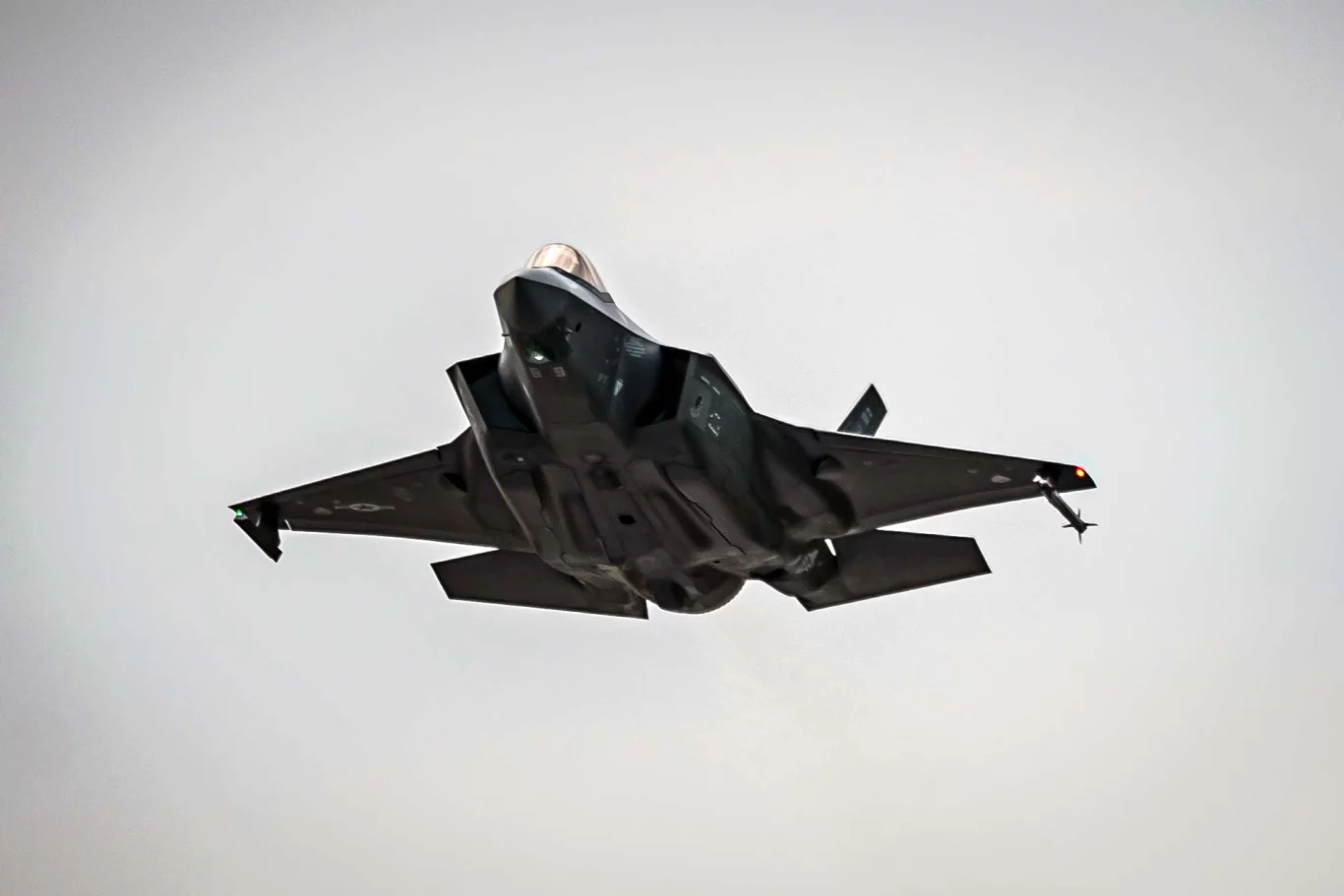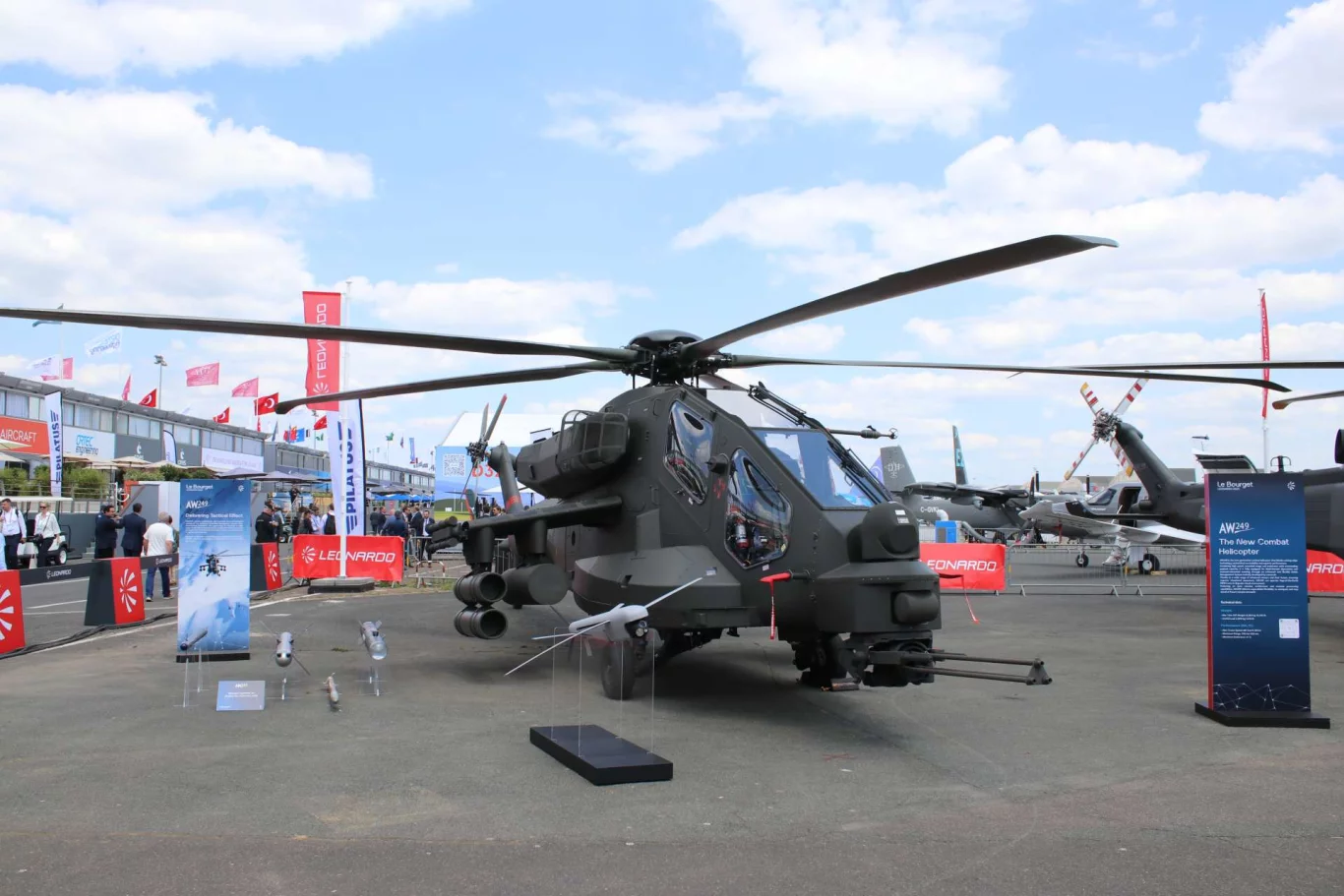In a development that could dramatically reshape the ongoing conflict between Ukraine and Russia, officials from Kyiv have confirmed that detailed discussions are underway with the United States regarding the potential transfer of advanced BGM-109 Tomahawk land-attack cruise missiles. This news, emerging on October 10, 2025, signals a significant escalation in Western military support for Ukraine, potentially granting the war-torn nation the ability to strike deep into Russian territory with unprecedented precision and range. As the world watches, this coordination between Ukrainian and American teams highlights a pivotal shift in strategy, moving beyond previous hesitations to explore concrete pathways for bolstering Ukraine’s defensive and offensive capabilities amid Russia’s continued aggression.
The confirmation came directly from Heorhii Tykhyi, the spokesperson for Ukraine’s Ministry of Foreign Affairs, who shared the update through the Suspilne Movlennia Ukrainian News Agency. According to Tykhyi, specialized teams from both nations are meticulously ironing out the technical, logistical, and organizational intricacies involved in such a high-stakes transfer. This isn’t mere diplomatic posturing; it represents a tangible progression from earlier U.S. refusals to provide long-range strike systems, evolving into structured dialogues on missile variants, compatible launch platforms, and optimal operational setups. While no final green light has been given by Washington, the very act of these in-depth negotiations elevates the scenario from speculative whispers in defense circles to a serious planning endeavor with real-world implications.
To fully appreciate the gravity of this potential deal, it’s essential to delve into the storied history and capabilities of the Tomahawk missile system. Developed during the height of the Cold War in the 1970s and 1980s by the U.S. Navy, the Tomahawk has become a cornerstone of American precision-guided munitions. First deployed in combat during Operation Desert Storm in 1991, where it played a key role in neutralizing Iraqi command centers and infrastructure from afar, the missile has since seen action in numerous conflicts, including the Balkans, Afghanistan, Iraq, Libya, and Syria. Its evolution through various “blocks” – from the early Block I to the advanced Block V currently in service – has incorporated cutting-edge technologies like GPS-guided navigation, terrain contour matching (TERCOM) for low-altitude flight paths, and even in-flight retargeting capabilities in newer variants.
At its core, the Tomahawk is a subsonic cruise missile designed for long-range, all-weather strikes against fixed, high-value targets such as command bunkers, airfields, logistics hubs, and industrial facilities. With a range exceeding 1,500 kilometers (over 900 miles) in some configurations, it can be launched from naval vessels, submarines, or – crucially for Ukraine – ground-based platforms. For a landlocked nation like Ukraine, which lacks a significant blue-water navy or submarine fleet, the focus would likely be on adapting the missile for truck-mounted or containerized launchers. These could integrate with existing vertical launch systems like the Mk 41, mounted on heavy trailers for mobility. Such setups would require robust support infrastructure, including mobile command posts for mission planning, secure data links for real-time updates, and power supplies to ensure operational readiness in the field.
Expanding on the technical discussions, the teams are reportedly addressing a wide array of challenges to make the system viable for Ukrainian forces. This includes integrating terrain-matching databases tailored to Eastern European landscapes, ensuring compatibility with Ukraine’s existing command-and-control networks, and incorporating survivability features like decoys to confuse enemy radar, rapid relocation protocols to evade counter-battery fire, and dispersed storage sites to minimize vulnerability to preemptive strikes. Moreover, the missile’s programmable flight paths allow for intricate routing – weaving through valleys, skirting air defense zones, and approaching targets from unexpected angles – which demands high-fidelity intelligence on enemy positions and topography. Ukraine’s experience with Western-supplied systems like HIMARS and ATACMS has already honed its skills in these areas, but adopting Tomahawk would represent a quantum leap in complexity and reach.
Comparing this to Ukraine’s current arsenal underscores why Tomahawk could be a game-changer. Kyiv’s deep-strike options today primarily consist of shorter-range systems: the U.S.-provided Army Tactical Missile System (ATACMS), with a range of about 300 kilometers, delivers fast, ballistic strikes ideal for time-sensitive targets near the front lines. Similarly, air-launched cruise missiles like the British Storm Shadow or French SCALP-EG extend to around 250-400 kilometers but depend on vulnerable aircraft platforms and favorable air superiority conditions – luxuries Ukraine often lacks due to Russia’s formidable anti-aircraft defenses. In contrast, Tomahawk offers endurance over speed: its subsonic velocity (around 550 mph) allows for extended loiter times if needed, but more importantly, its low-flying profile and waypoint navigation enable it to penetrate defended airspace in ways ballistic missiles cannot. With a warhead payload of up to 1,000 pounds, it packs enough punch to devastate hardened targets, forcing Russia to rethink its rear-area security across vast swaths of territory.
The strategic ramifications of this potential transfer extend far beyond the battlefield. For Ukraine, acquiring Tomahawk would mean holding at risk critical Russian assets hundreds of kilometers from the front – think fuel depots in the Urals, rail junctions in Siberia, or command centers in Moscow’s vicinity. This “deeper reach” could deter Russian advances by compelling Moscow to divert resources from offensive operations to bolstering interior defenses, such as redeploying S-400 surface-to-air missile batteries or enhancing radar coverage over key infrastructure. Russian officials have already voiced strong objections, vowing to reinforce air defenses and potentially escalate in response, which underscores the psychological warfare aspect: even the threat of Tomahawk deployment could alter Kremlin calculations, slowing troop rotations or disrupting supply chains.
From a broader geopolitical perspective, this move reflects a maturing U.S. policy toward the Ukraine conflict. Early in the war, which began with Russia’s full-scale invasion in February 2022, Washington imposed strict limits on long-range weapons to avoid provoking nuclear escalation. Systems like ATACMS were eventually approved but with caveats on usage. Now, amid Ukraine’s resilient defense and growing evidence of Russian war crimes, the Biden administration – or its successor – appears willing to recalibrate, emphasizing escalation management through targeting restrictions and allied consultations. This aligns with NATO’s evolving stance, where partners like the UK and France have already provided similar standoff capabilities. For Russia, the prospect intensifies pressure on President Vladimir Putin, who has repeatedly warned of “red lines” being crossed, potentially leading to asymmetric responses like increased cyber attacks or hybrid operations against Western interests.
Looking ahead, the outlook remains fluid but promising for Kyiv. While the talks are progressing, hurdles abound: securing Congressional approval in the U.S., training Ukrainian operators (which could take months), and ensuring a sustainable supply chain for missiles and spares. Integration with Ukraine’s layered strike ecosystem – combining Tomahawk with drones, artillery, and shorter-range missiles – would demand innovative tactics, such as synchronized salvos to saturate defenses or multi-domain operations blending cyber and kinetic effects. If realized, this capability could prolong Ukraine’s resistance, buying time for diplomatic breakthroughs or further Western aid. In the meantime, the ongoing coordination serves as a deterrent in itself, reminding Moscow that Ukraine’s allies are committed to evolving support as the conflict grinds on.
In summary, the Ukraine-U.S. discussions on Tomahawk transfers mark a critical juncture in the war, blending technological prowess with strategic signaling. As teams hammer out the details, the world edges closer to a scenario where Ukraine’s reach extends deeper than ever, potentially tipping the scales in this protracted struggle for sovereignty and security.




